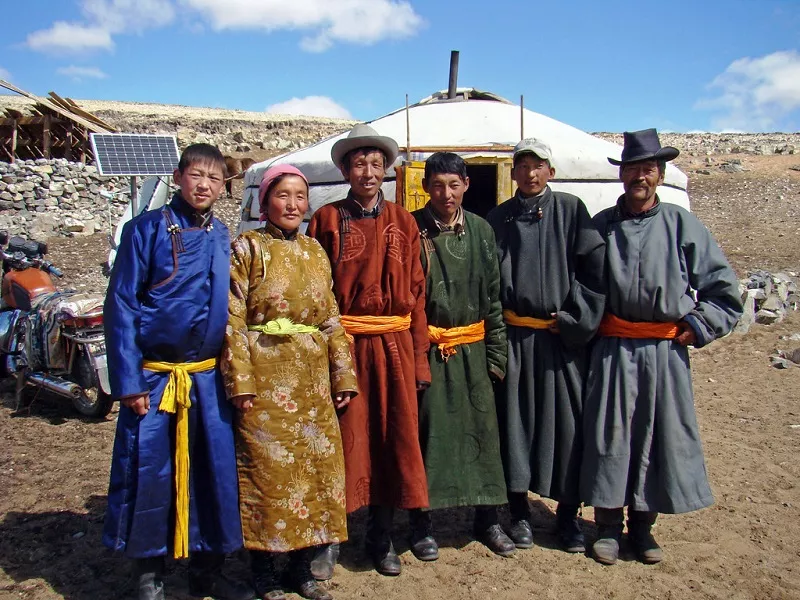The very first thing that you should consider when it comes to the People of Mongolia is that the current Mongolian people are not all that Mongols have become.
Historically, Mongols were the people of the Mongol Empire that were founded by Genghis Khan in the 13th century. Mongol Empire had numerous ethnicities in it that each of them following their respective social standards as well as religions. This is one of the major differences between other empires and the Mongol empire throughout history.
It is believed by many history buffs that the successful conquests of the Mongol Empire are associated with the acceptance of different cultures in the Mongol Empire. Since the foundation of the Mongol Empire, the Empire had the coexistence of Tengerism, Shamanism, Buddhism, Christianity, and Islam religions in it. This was pretty uncommon in the 13th century as many of the great empires had their primary religions and practicing other religions could be considered to be a misdeed or taboo.
This has led the Mongol Empire to become one of the most diverse places filled with different ethnicities and religions to this day.
What Are The Ethnicities In Current Mongolia?
Current Mongolia has several ethnicities in it with Khalkh, Kazakh, and Dörbet being the primary ethnic groups.
Khalkha and Dörbet trace their origin back to Mongolic roots while Kazakhs can find theirs in Turkic ancestry. That is why for people wondering to visit Mongolia, we say with confidence that there await two major cultural explorations to do in Mongolia with them being Khalkha and Kazakhs.
The People of Khalkh Mongolia make up the majority of the current Mongolian population. Historically, the Khalkh group was continuously ruled by the direct male descendants of Borjigin khans that are considered to be the bloodline of Genghis Khan until the 20th century.
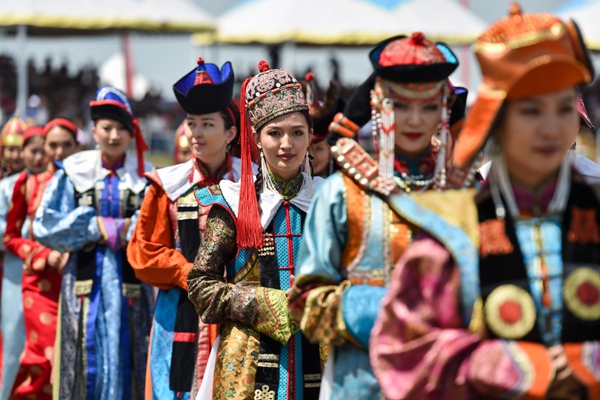
Mongolians outside Mongolia
For anyone interested in the ethnic group and history of the Mongolian people, it is crucial to understand while Mongolia holds the title of having the highest Mongols to the total population ratio, there exists a place with more people tracing their origin back to the Mongols ancestry than Mongolia.
What Country Has The Most Mongols?
The Current population of Mongolia is around 3.4 million as of the writing of this article. Whilst this is not a small number by any means, China actually has more people that trace their origin back to the Mongols with a whopping number of over 6 million.
The reasoning behind this is closely related to the history of Mongols from the 16th to early 20th centuries. Mongols historically had a long history of conquests through Central Asia and beyond since the founding of the Mongol Empire in the 13th century but from the 16th to early 20th century, they did not have such a bright time.
Throughout this period, it could be said that Mongols fell under the oppression of the Qing Dynasty led by the Manchu people. After a long struggle revolving around politics and religions, Mongols were able to regain independence with the price of their brethren – Inner Mongolia.
Since then, the ethnic group of Inner Mongolia still exists within China as an autonomous region with a population of 24 million with 6 million of them tracing their ethnic background to Mongols.
Nomadic Lifestyle in 21st Century – Nomadic Mongolians
Herding is the most unique point of Mongolia in this age. As we are sure you have heard, Mongolia is the only country that hoards the nomadic lifestyle to this day.
For anyone seeking to experience what it is like to live as a nomadic herder, Mongolia is a sure-fire destination for your bucket list. Many tourists visit Mongolia to experience the nomadic lifestyle and the Mongolian people sure do not disappoint.
There are many online tour packages available for anyone interested in visiting Mongolia to experience living as a nomadic herder.
Aside from the available tour packages, we must mention the decreasing number of nomadic herders. Even the Mongolians who have carried on this lifestyle has to let go of some of their unique attraction in this modern age. For decades, the number of nomadic herders has been constantly decreasing each year.
The main reason for this is pursuing an easier lifestyle in urban areas. As you would expect, there is a reason why civilizations all over the world have shifted to urban settlement. Living as a nomadic herder is tough, especially during Mongolian harsh winters.
Mongolia is a country known for its cold climate with its capital city being titled the coldest capital city in the world with the average temperature reaching as low as -29 Celsius in January.
Each year, the Mongolian nomadic people are expected to thoroughly prepare for Winter in the coming months to safely take care of their livestock through winter. But, some years it can be just too harsh for livestock to survive as the temperature drops to -50 Celsius in the countryside where the herders carry on with their lifestyle. These years are called ‘Dzud’ in Mongolia which can be roughly translated to harsh winter. As you would expect from this, Mongolia is a not popular tourist destination during winter.
Nomadic Reindeer Herders of Mongolia
Did you know that Mongolians have nomadic reindeer herders to this day? Reindeer is a phenomenal beauty of nature. With its majestic size and figure, it is a sight to behold to just spot them in the wild. But we are sure you will be thrilled to discover that Mongolians have nomadic reindeer herders to this day.
Tsaatsan people or Nomadic Reindeer Herders of Mongolia primarily populate the area of Khövsgöl province. With a population as low as a mere 500, it is hard to find them anywhere else in the world.
The area in Khövsgöl that Tsaatans live is called taiga by Mongolians. The Tsaatan people living in a dwelling called Ortz, the teepee-like tents, should be a must-experience lifestyle for anyone planning to visit Mongolia.
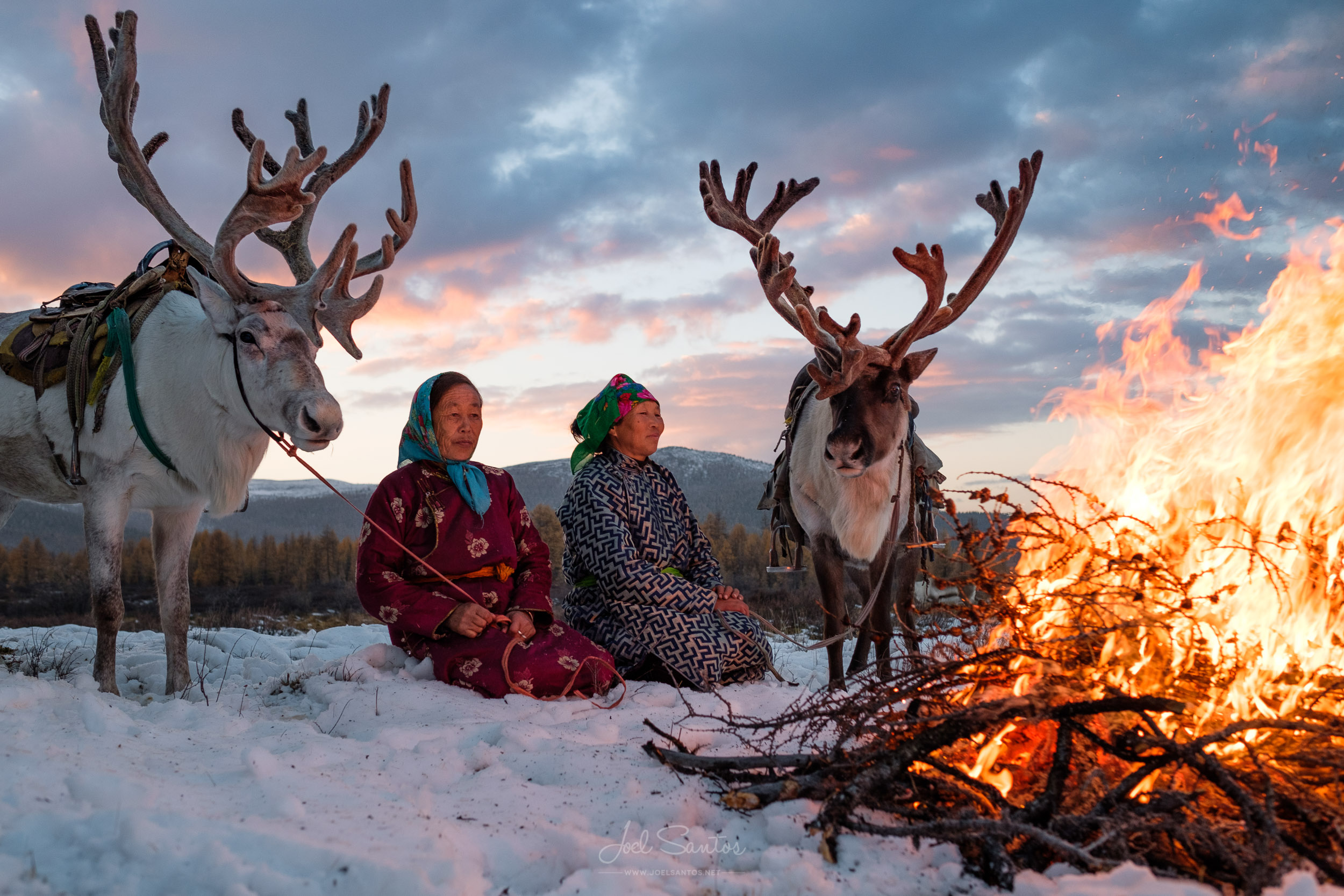
The Most Famous Person in Mongolia – Genghis Khan
To no one’s surprise, the Genghis Khan is the most famous in Mongolian history. Genghis Khan was the founder and the first Great Khan (Emperor) of the Mongol Empire. He is a man that plays a major role in a lot of historical events and his descendants have has further solidified his glory and achievements after his passing in 1227.
Today, the Great Khan Genghis is still revered by the Mongolian people. It is easy to find his sculpture, statue, print, and photos on many things such as the Mongolian currency, squares, streets, and even alcohol.
For tourists, the Great Khan serves as a great conversation topic as most Mongolians would have a thing or two to say about the story around the Genghis Khan.
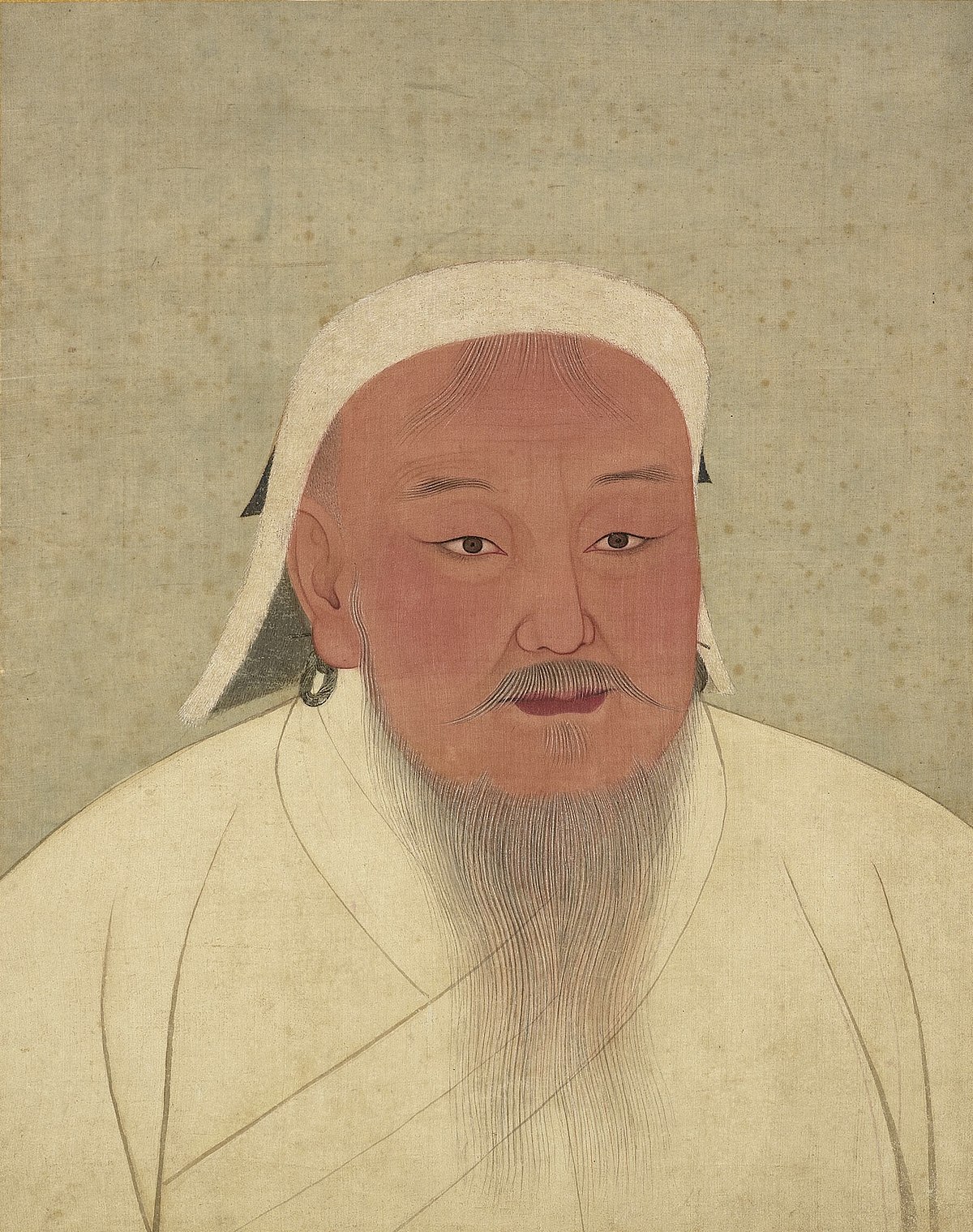
What Does Mongolians Look Like?
Mongolians are very similar to most Asians when it comes to appearance and lifestyle. Appearance-wise, they can be often mistaken as Korean, Japanese and Chinese as well as having pretty similar lifestyles.
Mongolians do have some distinctive features such as a more robust jawline and square face compared to other Asians but it can be hard to notice and tell the difference for people from non-Asian backgrounds unless they have spent a considerable time with Asians.
If you expect to find a huge group of young nomadic people in Mongolia, you will surely be disappointed as most young Mongolians have spent the majority of their lives in urban areas.
What Is Mongolian Spot Amongst Newborns?
Mongolian Spot is a blue-gray pigmentation around the sacral area of newborns amongst Mongolians plus some other countries that had historical ties with the Mongol Empire. The spot has no relation to an underlying medical condition and what causes this is not known. The spot gradually disappears within 4 years for most newborns.
What Are The Most Popular Sports Amongst Mongolian People?
Wrestling, boxing, basketball, archery, football, volleyball, and horse racing are the most popular sports in Mongolia.
Wrestling, archery, and horse racing are named the 3 Sports of Man in Mongolia and they are almost sacred sports within the Mongolian older generation. Many young people are still carrying on these sports but the number of supporters is certainly falling in recent years.
For younger Mongolians, basketball, football, and volleyball are the most popular sports with young Mongolians having the most success in international basketball competitions in recent years.
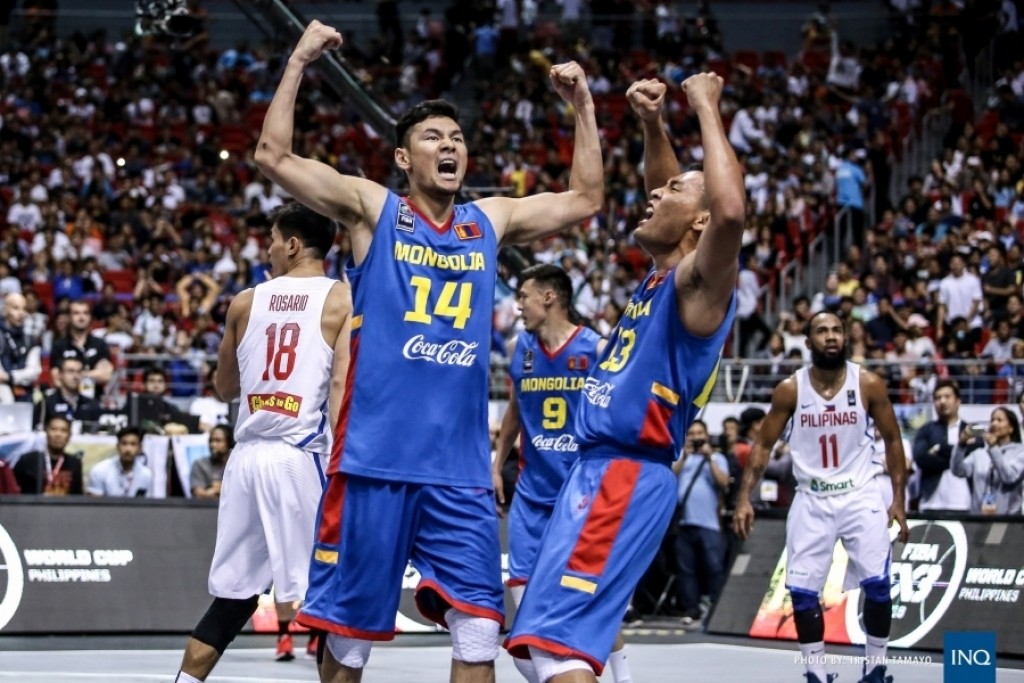
What Video Games Do Mongolian People Play?
Similar to other Asian countries, Mongolian people play a lot of competitive esports video game titles with CS: GO, Dota 2, League of Legends, and PubG: Mobile being the most played amongst Mongolians.
Mongolians even had notable success in Dota 2, CS: GO, and PubG: Mobile international competitions with a prize pool of millions too.
What Music Do Mongolian People Listen to?
Contrary to some stereotypes, Mongolian people do listen to modern music too. Since the beginning of their democracy in 1990, all kinds of music genres have flourished in Mongolia with Western pop, rock, and hip-hop music leading the count.
While being Asians themselves, Mongolian are not very into Asian music. If you spend some time in the capital city – Ulaanbaatar, you will find a lot of music events and festivals featuring pop, rock, and hip-hop artists.
The Conclusion
The people of current Mongolia is a much more diverse than some people might have expected due to their conquests and history in the medieval era. To this day, there exist many ethnicities that have a close tie to Mongols in several countries outside Mongolia too and for people interested in a nomadic lifestyle, there is no better destination than Mongolia.
We are sure that someday you will be visiting Mongolia to experience the popular nomadic lifestyle and other great things about Mongolian people.

